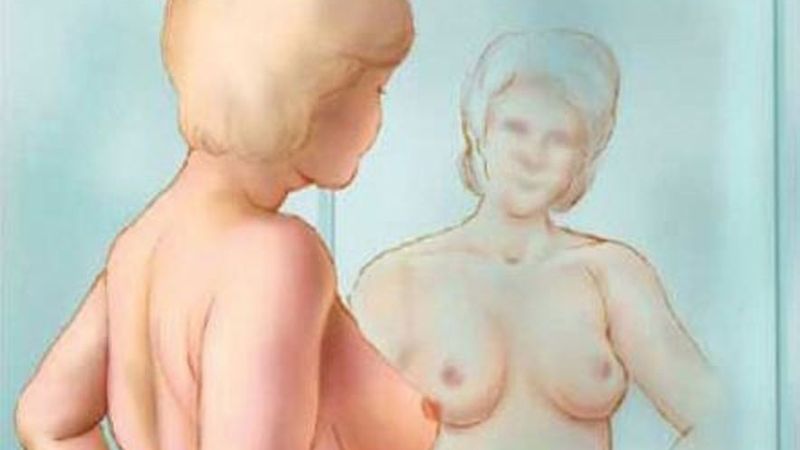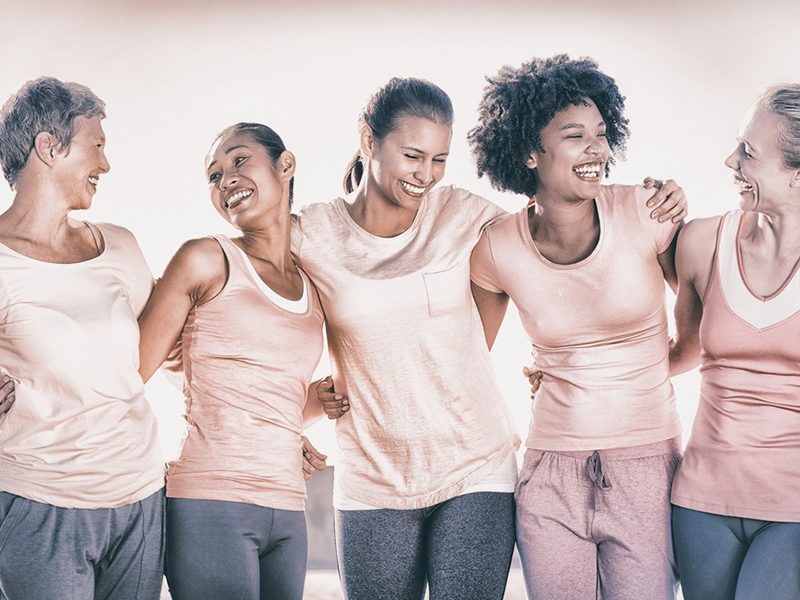Do these following steps:
Step 1: Start by looking at your breast in the mirror with your shoulders kept straight and with both hands on your hips
Examine your breast thoroughly in front of the mirror to check if there is any modification in shape and size. Find out if there is any change in the appearance of your breast and whether the breast is irregularly recessed or swollen or not. If you see any of the following changes, consult a doctor: signs of swelling skin like an orange peel, red skin, dented areas, deformed or slipped or fallen nipples.
Step 2: Raise your hands
You stand with two hands raised upon your head and slightly hunch yourself forward. This movement allows your breast to move forward and helps you look your breast easily.
Take a look carefully at the outside shape of the two breasts and look for the signs listed in Step 1.
Step 3: Look at your mirror, observe if your nipple has any sign of discharging pus (it may be liquid or blood, opaque or yellow)
Step 4: Next, examine your breast while you are lying down, use the right hand to test your left breast and the left hand for your right one.
Touch your breast gently but decisively with your fingertips and fingers held straight, bunched together. Probe the breast through circular movements and divide your breast into 4 parts to test.
You have to check the entire breast from the top to the bottom, from left to right.
You should check in the same way to ensure that you have checked the entire breast. You can begin from your nipple, check from the center to the outer edges of your breast. You can also move your fingers up and down vertically and horizontally, as if you were cutting a grassplot. This movement appears to be the most suitable for almost every woman. Make sure that you have felt all the tissue from the front to the back of your breast. For the skin and tissue just below, you palpate slightly, use a moderate force for the tissues in the middle of your chest, and use a stronger force for deeper tissues. Once you have felt the deep tissues, you will be able to feel the chest bone.
Step 5: Finally, examine your chest while you are standing or sitting.
Many women find that the easiest way to feel their breasts is when their skin gets wet and slippery, so they want to take this step in the bathroom. You should examine the entirety of your breasts, using the hand movements described in Step 4.
Source: http://www.breastcancer.org












